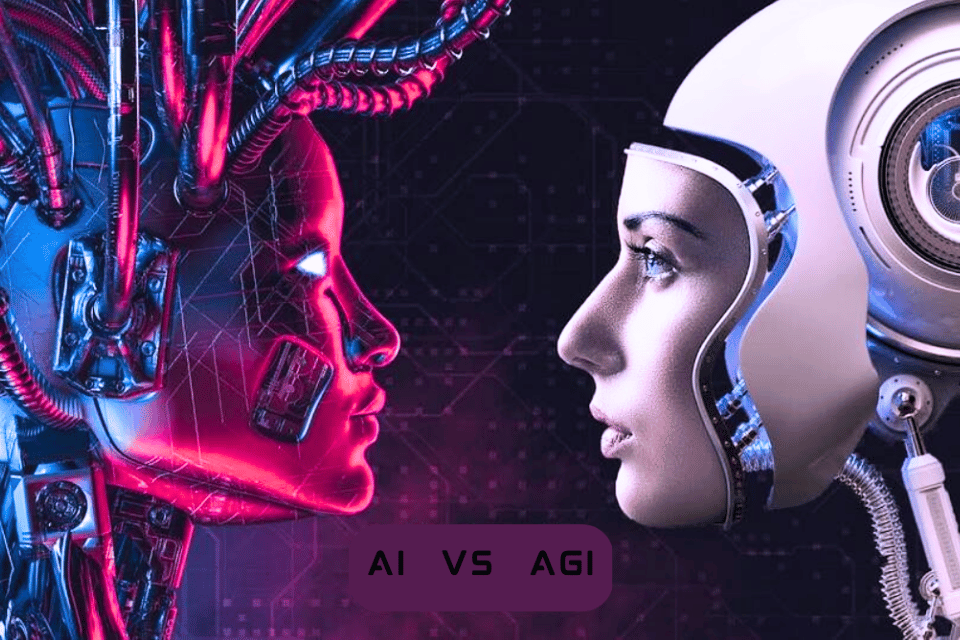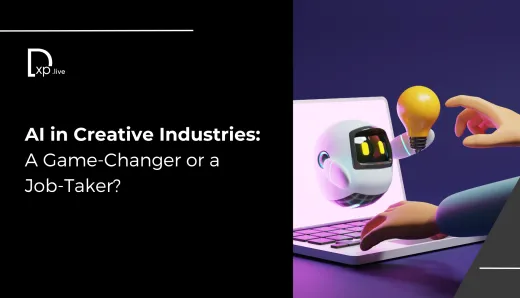AI vs. AGI: Understanding Their Roles in Digital Experience

Artificial Intelligence (AI) is everywhere and used in everything these days, and whether we realize it or not, it has become a big part of our lives. It powers the apps we use, the recommendations we see, and even the virtual assistants we talk to.
But then there’s AGI, or Artificial General Intelligence, which often gets confused with AI. While AI is great at specific tasks, AGI aims to be much more—something like human intelligence. The difference between these two matters more than we think, and here’s why.
AI: Brilliant, But Limited
Most of the AI we use today is what we call Narrow AI. This kind of AI is designed to do one thing and do it really well. Think of how Netflix suggests shows you’ll like or how Siri can answer your questions. These are perfect examples of AI working within a set of rules and data to deliver what you need. It’s fast, efficient, and accurate, isn’t it?
- But here’s the thing—this AI can only operate within its own world.
- It can’t switch from recognizing faces to solving math problems. It’s built for one task, and it stays in its lane.
- That’s okay because it’s really effective at those specific tasks, making our digital experiences smoother and more personalized.
- But it’s not thinking or learning the way humans do.
AGI: The Dream of Human-Like Intelligence
AGI, or Artificial General Intelligence, is a whole different concept. It’s the idea of building a machine that can think, learn, and adapt across a wide range of tasks—just like a person can.
- Imagine a robot that can not only solve a math problem but also write poetry, cook a meal, and learn a new skill, all on its own. That’s the promise of AGI.
- The reality? We’re not even close. While AI can handle specific tasks, AGI would need to understand context, emotions, and even common sense.
- These are things humans are naturally good at but machines struggle with.
- AGI is still a distant dream, something we’re working toward but haven’t yet achieved.
The Difference Matters for Digital Experience
So why does it matter if we’re talking about AI or AGI when it comes to digital experience?
- The AI we use today is already making our digital interactions better.
- It’s personalizing content, making recommendations, and helping us navigate the digital world more easily.
- From chatbots that answer our questions to algorithms that suggest the perfect playlist, AI is making everything more convenient.
AGI, on the other hand, would take this to a new level.
- A system that not only knows what you want but can also understand how you’re feeling and adapt to your needs in real-time.
- It could create personalized experiences that feel truly intuitive, almost like interacting with another person. But, again, we’re not there yet.
- Right now, businesses should focus on what AI can do, which is already pretty impressive, rather than waiting for AGI to arrive.
The Ethical and Practical Challenges of AGI
Of course, the idea of AGI brings up some big questions. If we could create a machine that thinks and learns like a human, how do we control it? What if it surpasses human intelligence?
These are issues we’d need to deal with if AGI becomes real. It’s not just a technical challenge—it’s an ethical one. And there’s the practical side of things. Even with all the advancements we’ve made in AI, AGI would require a totally new way of thinking about intelligence. It would need to grasp human behavior, emotions, and context in ways that machines just can’t do right now.
Focus on AI Now; Keep an Eye on AGI
For now, AI is where our focus should be. It’s here, it works, and it’s already changing how we interact with technology every day, enhancing our digital lives. AI is streamlining processes, improving customer experiences, and making things more personalized. We’re already seeing its impact in industries like healthcare, marketing, and finance, making them more efficient, personalized, and enjoyable.
AGI is exciting; it might be a dream for the future, but it’s not something we can rely on yet. It’s more of a long-term goal, something that might come in the future, but for now, we need to keep refining and expanding what AI can do. Businesses should continue to harness the power of AI to enhance user experiences without waiting around for AGI to catch up.
Dive into the conversation! Stay in loop with our fresh takes on all the insightful topics!!




